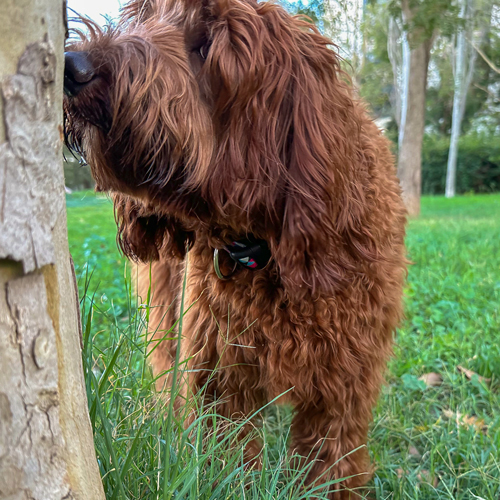DISCOVERING YOUR DOG'S SENSE OF SMELL
Reading time about 15 minutes
Have you ever despaired when you go for a walk with your dog and it can't stop sniffing at everything? For a dog, its sense of smell is a laboratory, a computer and an operations centre, all at the same time. Through its nose, your pet gets information, knows its environment and relates to the world. So the next time you are tempted to pull on the leash to tell your dog to stop sniffing whatever it is, think twice. For your dog, sniffing isn't a whim or a habit, it is a vital need. Let your dog explore the world with its nose and you will make it a happy and healthy animal.
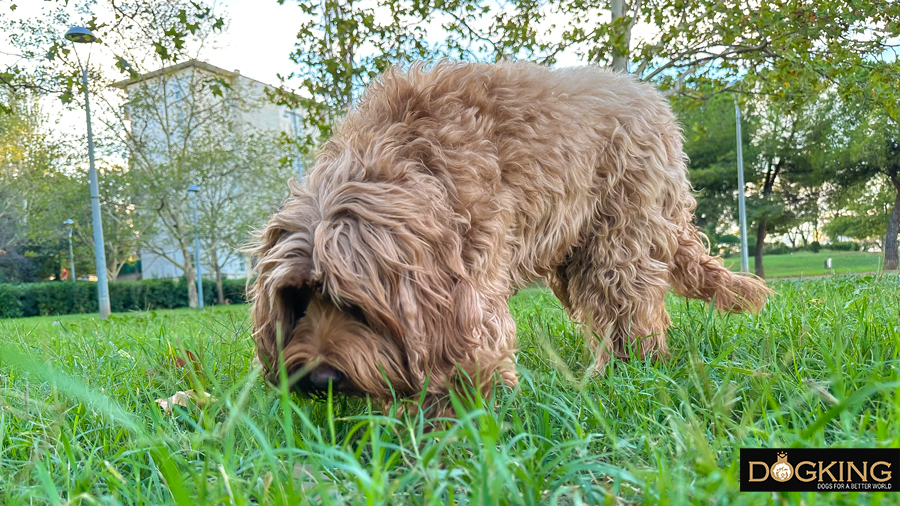
The importance of dogs' sense of smell
For humans, smell isn't the most important sense. Without a doubt, it has its function, but we depend much more on sight. However, dogs learn, relate to and experience what surrounds them above all through their sense of smell. Do you know all the potential that these animals contain in their nose? Here are some very interesting facts about your beloved pet's sense of smell.
1. Your dog gets very exercise sniffing
Even if you spend a long time choosing a perfume in a shop, smelling all kinds of scents one after the other, it is unlikely that you will get tired because of this. But dogs' sense of smell works very differently. Because of their wide olfactory range and the intensity with which they perceive these stimuli, the exercise of sniffing can be exhausting for your pet. When a dog sniffs an object or person with interest, the animal is focusing all its mental resources to obtain information, which is a high energy expenditure. A short training session on a scent mat, for example, is equivalent to a one-hour walk, although neither of these activities can be substituted for the other. Your dog needs to exercise its sense of smell, but the animal also needs to run and stretch its legs.
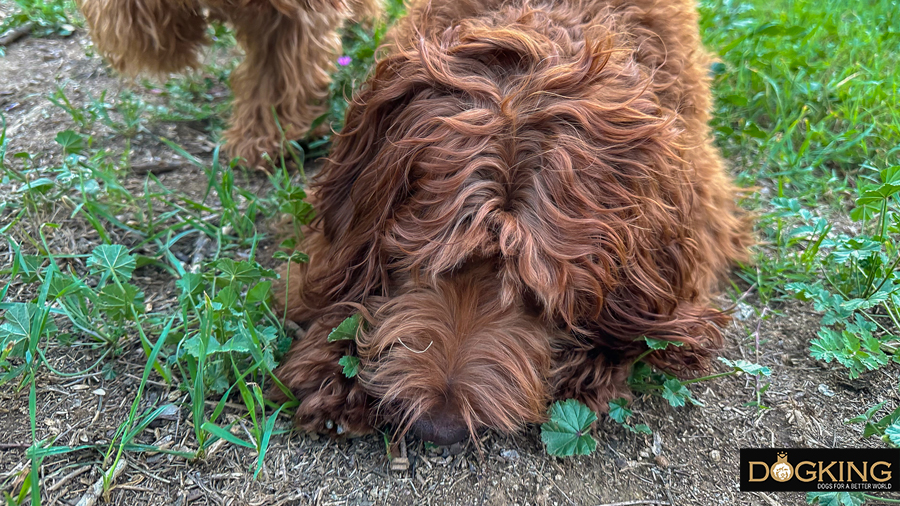
2. Your dog's super sense of smell
Did you know that dogs can have a sense of smell up to 100.000 times better than humans? These animals have 200 million olfactory receptors as opposed to the average of 5 million that we humans have. Moreover, some breeds have a better sense of smell than others. The Bloodhound dog is considered the best hunting dog with a vey keen sense of smell, with 300 million receptors.
This olfactory superiority means that a dog can access smells that go completely unnoticed by us, often making it impossible for us to understand its behaviour. What is olfactorily "invisible" to us is evident and even intense to the animal.
In addition, dogs can separate one scent from another. While humans perceive the predominant smell or the smell resulting from a mixture of aromas, they perceive each smell independently. That is why these animals, properly trained, are vital in drug or explosives detection work, in emergencies and catastrophes or even in detecting diseases such as lung cancer through the breath of the affected person.
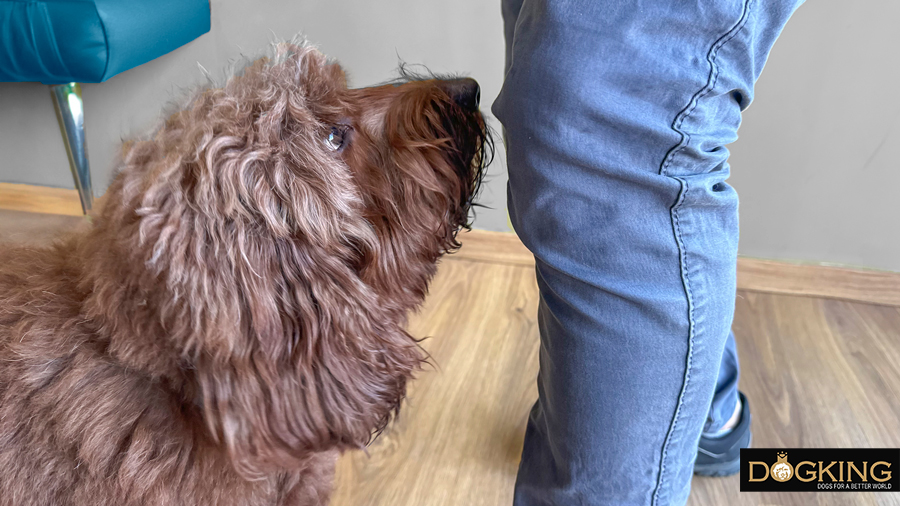
3. The two canine olfactory systems
In addition to their highly developed main sense of smell, dogs have an attached olfactory system called the vomeronasal organ, located at the level of the roof of the mouth. This other sense of smell picks up volatile chemicals, such as pheromones, and is what they use to recognize other dogs. When your pet comes up to sniff another dog's anus, it is decoding all sorts of data about it through its pheromones. Also, what their state of health is like, what they have eaten, what their temperament is... Fascinating, isn't it?
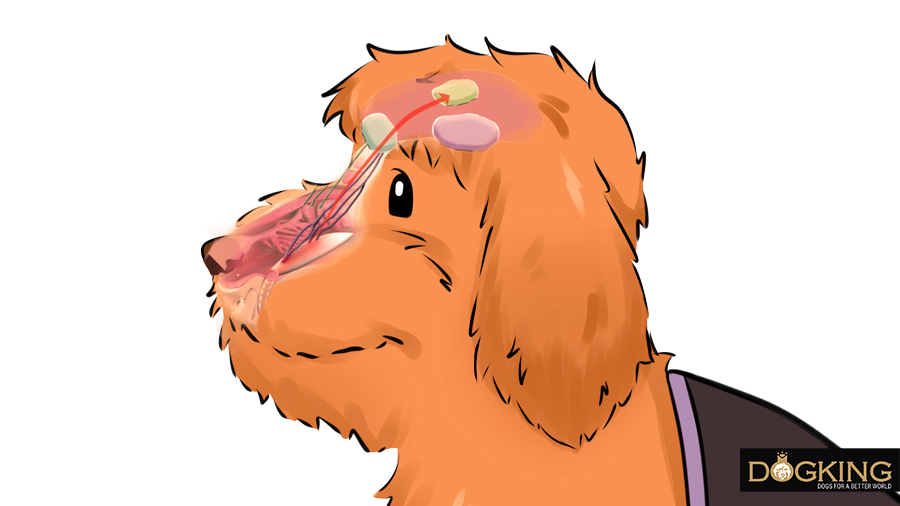
4. Dogs' prenatal sense of smell
According to a scientific study published in Animal Behaviour, dogs begin to learn to smell before they are born. In this experiment, pregnant dogs were fed with certain added flavours, such as anise. When the puppies were born, they were exposed to these smells, which they recognized and preferred to others. Such is the extent of dogs' sense of smell that they begin to develop it even in their mothers' wombs. Incredible!
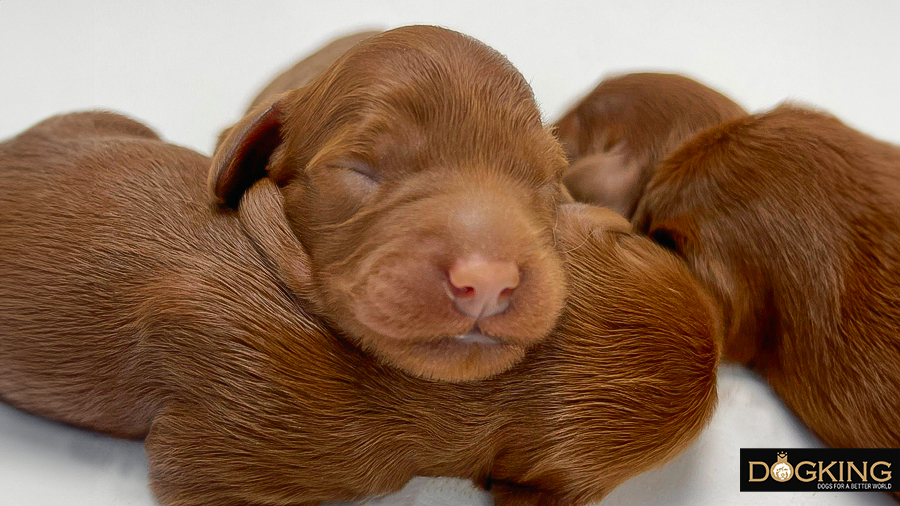
5. They can tell what time it is by their sense of smell
Although it may seem like magic to you, your dog can determine what time of day it is through its highly developed sense of smell. How does the dog do it? For the animal, it's very simple. A dog is constantly analysing all the particles that are suspended in the air at every moment of the day, which, of course, change depending on the time of day. With this information they create a mental database and then they only have to cross-reference the data they perceive with the extracted data to find out what time it is. Now you understand a lot of things, don't you?
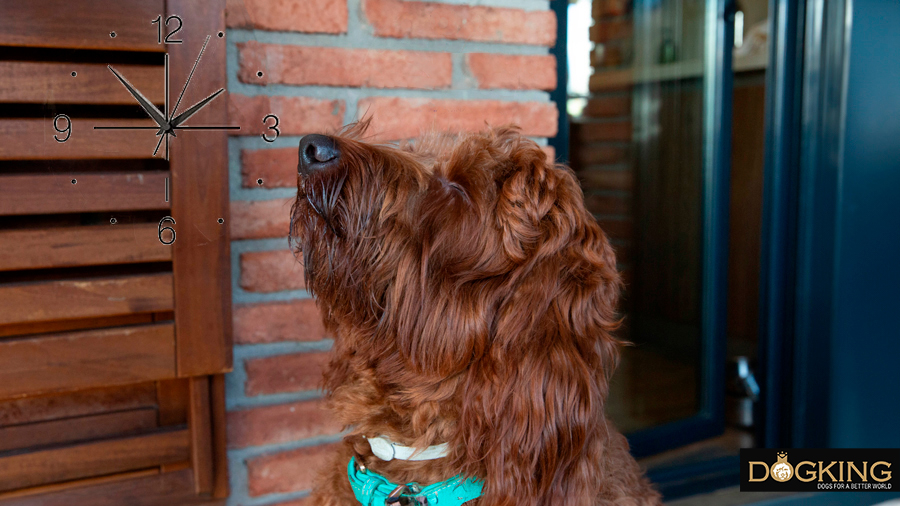
6. They use their sense of smell to predict the future
For example, storms. When a storm is approaching and there is a low-pressure environment, the particles in the air and on the ground change. Dogs learn to detect these smells, so they are the first to predict an approaching storm. If your pet has had a bad experience with storms and they frighten it, the animal will be nervous and won't want to leave the house, even if the sun is shining at that very moment and you don't understand anything. Your dog's sense of smell is never wrong!

7. They hate synthetic smells
It isn't a matter of preference, it is due to much more complex evolutionary reasons. Dogs as descendants of wolves, like to go unnoticed and blend in with the particles in the air. This is why they detest artificial or synthetic scents, such as detergents, air fresheners, ammonia, bleach, acetone... Avoid using them around your dog and you will save the animal the discomfort.
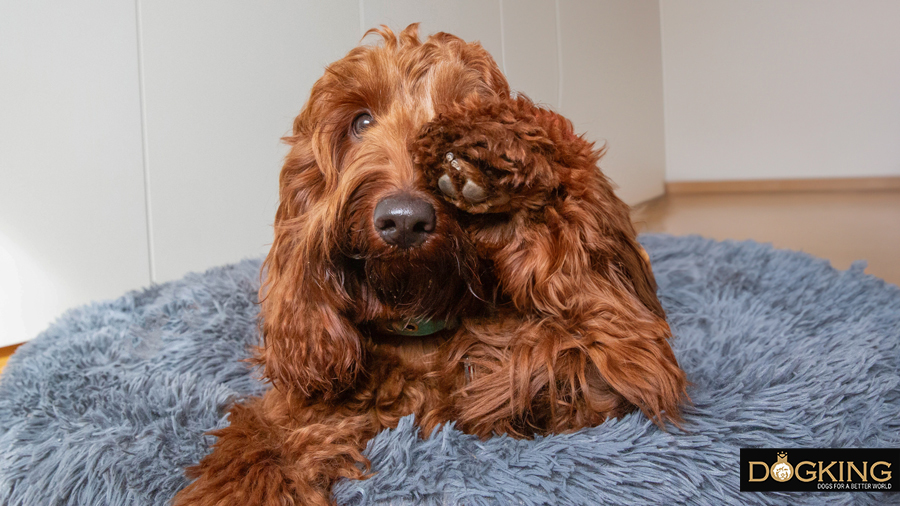
8. Smell is the last sense that dogs lose
As part of the natural ageing process, dogs may lose hearing, movement, vision and also their sense of smell. However, it is the latter sense that is affected later in life. It is estimated that it is around the age of 14 years on average that a dog begins to lose its sense of smell. This means that dogs can retain their full olfactory potential for many years even when they are old.
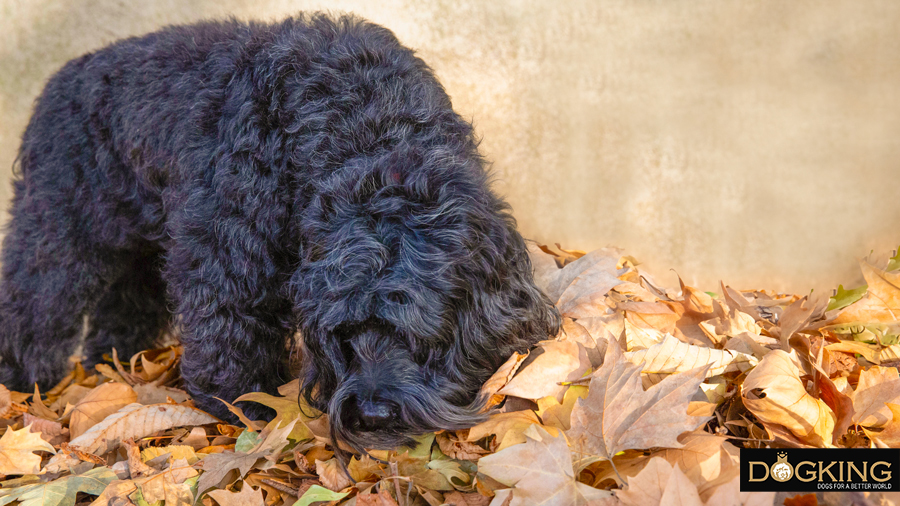
How to develop and care for your dog's sense of smell
Now that you know how your dog's sense of smell works and how important it is to its development and learning, we encourage you to stimulate and protect it to ensure a good quality of life. It is vital for the animal to be able to discover the world around it through its sense of smell, so we recommend that you vary the walking areas so that your dog can access new smells and stimuli.
The Australian Cobberdog, who develops its sense of smell between 0 and 3 weeks of age, is very curious by nature, so the animal loves to sniff here and there, recognizing all the stimuli around it and eager to learn and improve.
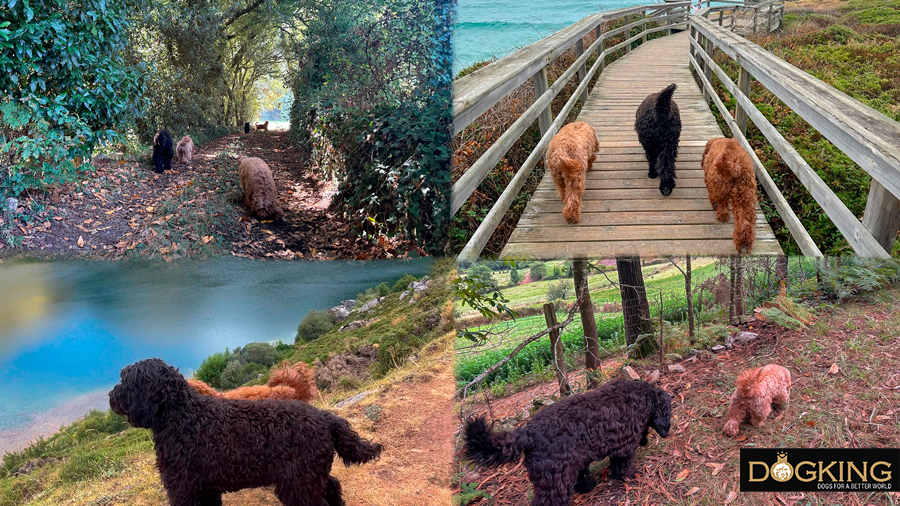
We also recommend buying or creating a sniffing carpet, a sensory game in which your pet has to find hidden treats using only its sense of smell. This system is very effective in developing this sense, as well as offering many benefits related to concentration, entertainment and mental health.
Finally, don't scold your dog or pull on the leash if the animal takes a little too long to sniff something on the street. Allow your pet to indulge its curiosity and only if you consider its behaviour obsessive should you seek veterinary advice. Most of the time your dog just needs you to let it explore the world in its own way. Take care of your pet's sense of smell and the animal will be a happy pet.
